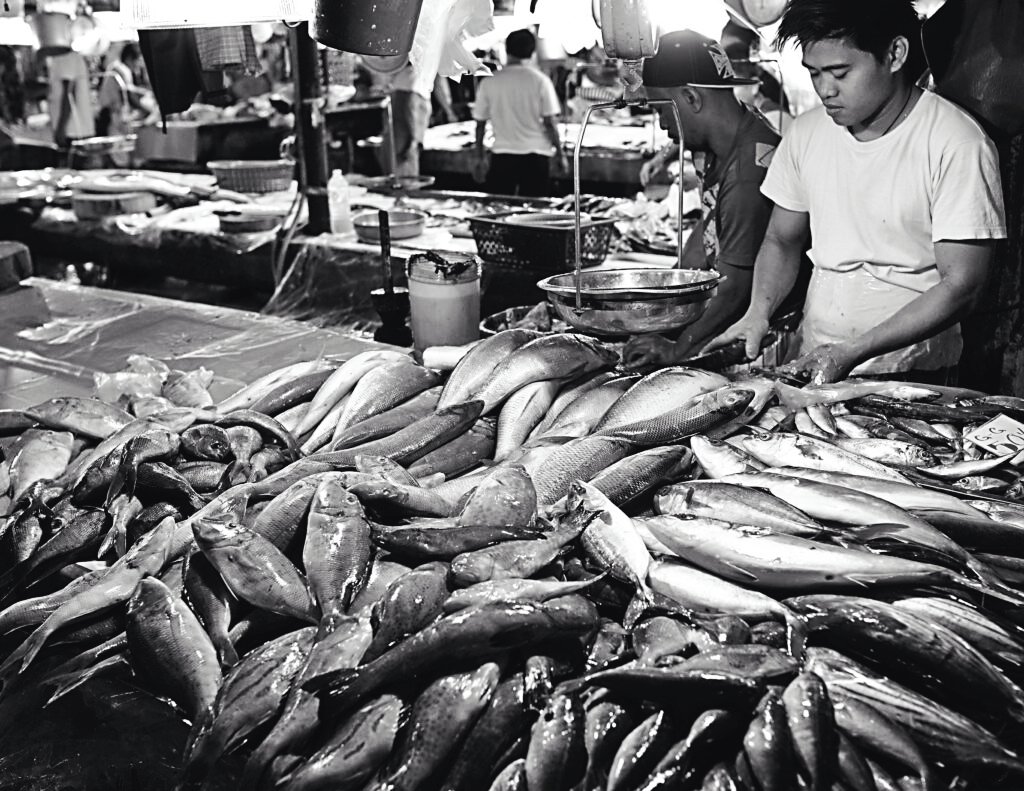
Fishmongers in the Philippines play a crucial role in the country’s food supply chain, as seafood is a staple part of the Filipino diet. These vendors specialize in selling various types of fresh fish and seafood to consumers, whether in wet markets, supermarkets, or specialized seafood markets. Wet markets are a common venue for fishmongers to sell their products. These markets are bustling hubs of activity where consumers can find a wide variety of fresh produce, meats, and seafood. Fishmongers often set up stalls or counters displaying their catch of the day, which may include fish, shrimp, crabs, shellfish, and other seafood.
Fishmongers take pride in offering high-quality, fresh seafood to their customers. They often source their products directly from local fishermen or wholesale markets to ensure freshness. Many fishmongers have expert knowledge of different types of fish and seafood, as well as techniques for assessing freshness. Some fishmongers offer additional services such as cleaning, gutting, and filleting fish for their customers. This convenience is appreciated by many consumers who prefer to buy their seafood ready to cook.
Philippine fishmongers offer a diverse range of seafood to cater to different tastes and preferences. This includes both locally caught varieties and imported seafood. Popular choices include bangus (milkfish), tilapia, galunggong (mackerel scad), tuna, squid, prawns, and crabs, among others. Seafood holds cultural significance in Filipino cuisine and is often featured in traditional dishes such as sinigang (sour soup), adobo (marinated meat or seafood), and kinilaw (ceviche). Fishmongers play a vital role in ensuring that consumers have access to fresh seafood ingredients to prepare these dishes at home or enjoy them at restaurants.
Overall, fishmongers in the Philippines are essential contributors to the country’s culinary landscape, providing consumers with access to a wide variety of fresh, high-quality seafood products. Their expertise, dedication to quality, and role in preserving culinary traditions make them an integral part of Filipino food culture.